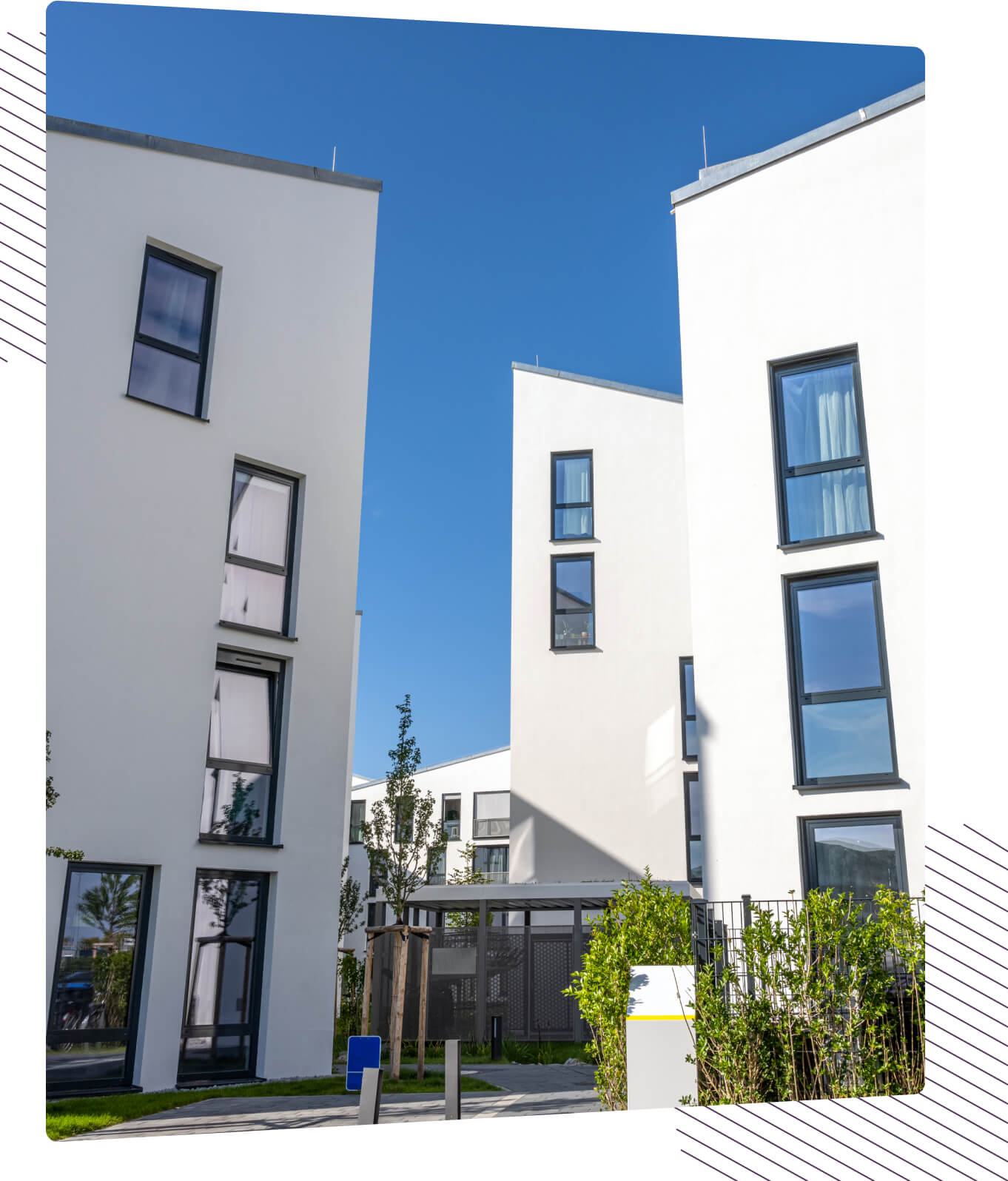Investment risk is unavoidable – so it’s up to each one of us to choose how much risk we will accept. What will you do in 2022: avoid risk or embrace it? Or should you just sit on your hands and wait to see what happens?
There’s no such thing as a zero-risk investment
When you try to think of a completely risk-free investment, you soon realise it’s an oxymoron.
The investment most commonly described as ‘no risk’ is paying off your mortgage. It is an extremely safe option for your money, but it’s not free from risk. It simply moves the risk into the future. If you retire with a mortgage-free home, but no other investments, will that be enough to live on? What if you don’t want to downsize? What if you’re only paying 4% interest on your home loan and you can earn 8% investing in something else?
Paying your loan off isn’t risk free. It simply means you’re choosing a low risk of losing your capital and accepting a higher risk of missing out on opportunities for growth.
Doing nothing vs doing something with a little risk
All investments come with some risk and risk is scary.
That’s why the most common investment mistake is doing nothing. Doing nothing is how a whole lot of Kiwis invest, even some pretty smart ones. For example, all those people who think about doubling their KiwiSaver contributions to 6% every year, but never get around to it. Or people who’ve been talking about buying a rental for the past five years but done nothing. Or those investors who are ‘waiting for the bubble to burst before I make my move’.
Doing nothing feels risk free. But of course that’s not the case. Doing nothing has a huge opportunity cost because you miss out on the rewards of compounding interest. Doing nothing is worse than investing in something with a little risk.
What’s your risk tolerance?
Some people want their investing to be exciting; for them, volatility is all part of the fun. For others, the same amount of risk would mean lying awake at night, dreaming up worst-case scenarios. You need to understand how much risk you can live with: how much leverage, how many ups and downs, and how much you can afford to lose. And you need to keep assessing it – the amount of risk you can tolerate changes throughout your life, depending on factors like who’s dependent on you and the reliability of your income.
There are some tools available for assessing your risk tolerance that can be helpful, like Sorted’s excellent Investor Kickstarter which gives you an investor type and shows you a mix of investments that might suit you. Or take the professional approach by talking to a financial advisor, such as RIVAL Wealth.
Once you know what your risk tolerance is, it’s easier to say no to investments that don’t fit your profile. Even when everyone else is on social media bragging about their gains in crypto, you can feel comfortable that it’s too risky for you. Or when commentators are all predicting a house market crash, you know that’s just part of the volatility of your investment and the returns are worth the bumps along the way.
We like secured loans backed by property – it fits our risk profile
Here at Zagga, we like the fact that our investments are secured by properties, because it means there’s a tangible asset in our control if something goes wrong. We don’t facilitate unsecured loans – that’s for other peer-to-peer lenders. And we do as much research as we reasonably can so our investors can assess each offer to see whether it matches their risk profile. That level of risk lets us sleep soundly at night. If your investments aren’t doing the same for you, now is the perfect time to review your portfolio.



